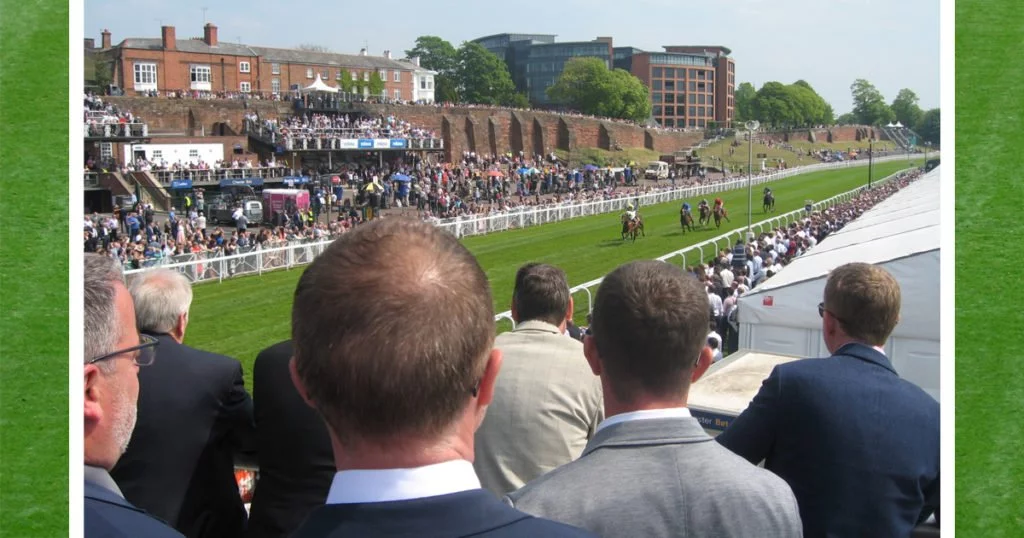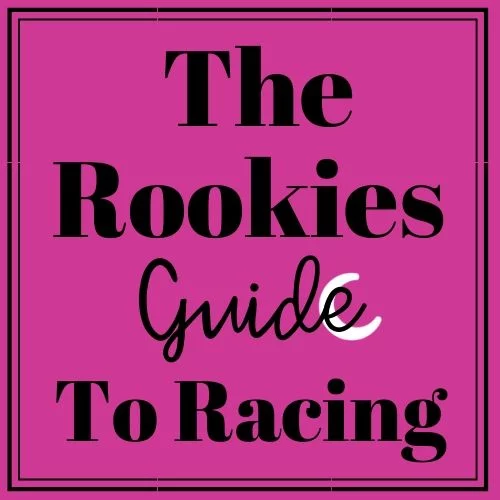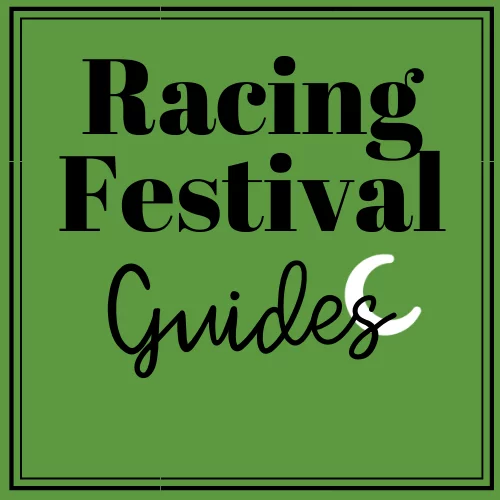Oldest, Biggest, Best – What You Need To Know About Racecourses!
Starting out as a Horse Racing enthusiast is a tricky affair, there’s all sorts of important information that you’ll need to know if you want to be at the top of your game: Whether that be through boasting about your knowledge to your friends, or maybe you’re looking to make a few wagers and a tidy profit as well.
But today, we’re going to talk about Racecourses, the tracks and spectator stands themselves. Hopefully, you’ll come away knowing a little more about the history, the scale, and the quality of some of the UK and the World’s most important Horse Racing tracks. So, let’s hop right into it, starting off with some of the oldest courses out there!
What is the oldest Racecourse in England
and the World?
What is the oldest racecourse in England?
Well, although at first, tracking the history of the first ever racecourse might seem daunting, it’s actually quite easy to track the history of racing in the UK, and especially England.
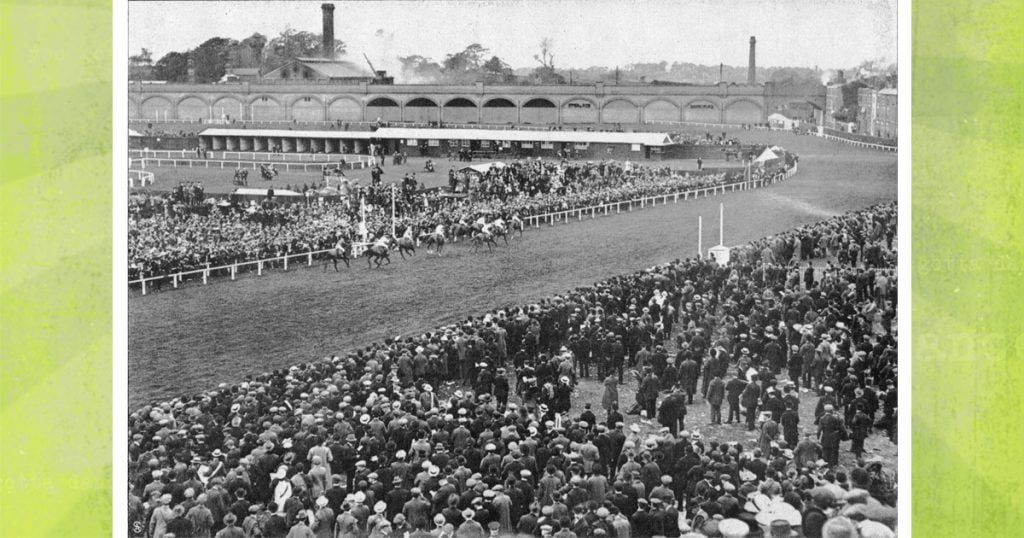
- Chester Racecourse, located in Cheshire, is the oldest Horse Racing track in England, and the World. At the very least it is the oldest traceable one, if there were any prior to Chester, their record has been lost to time. Chester Racecourse was established around 1539, when the first recorded race took place, sanctioned by Mayor Henry Gee. His name was also adopted into the common racing term; ‘Gee-Gee’. Which has several different definitions, such as a name for the first horse out of the starting gate, a UK Children’s name for horses, or a specific command given to the horse; ‘Gee-up’.
This Racecourse also had a lengthy history with the Romans, who established its site, and what we now know as the city of Chester. The course itself started out as a harbour site for the Romans on the River Dee, and then became a football pitch for a while, until being forced to close in 1533 after a violent game.
“ ‘The Roodee’ as it is known…earned its nickname back in Roman times, when part of the River Dee dried up, and the area was marked with a cross – or rood – which still remains on the site.” – David Myers, 2006, pg. 83.
The course’s main attraction is it’s famous May Festival, which dates back to 1766.
As a definitive starting point for your journey into Horse Racing history, this is a must have piece of trivia, for what you need to know about racecourses 1-0-1!
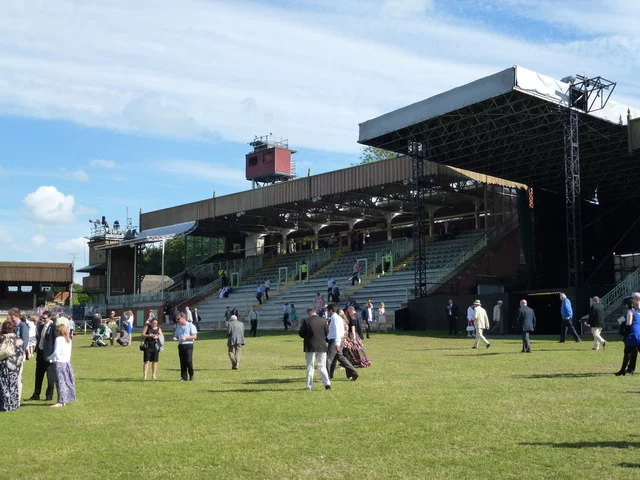
What is the oldest Racecourse in the World?
Although, we have already technically answered this question with Chester Racecourse, there are a few others that are also historically important and old enough to make it onto this list:
2. Newmarket Racecourse is located in Suffolk, England, and is the second oldest Racecourse in both the UK and the World, being established in 1636. Despite the fact that the first official Racecourse is Chester, Newmarket is historically known as the ‘home of Horse Racing’, and additionally as ‘Headquarters’.
Among other details, King Charles II was a key figure in the revival of Newmarket, and Horse Racing as a whole, during the ‘restoration’ era. And after establishing the famous Newmarket Town Plate in 1666, he also went on to compete and win in the competition, being the first and only Royal to do so.
King Charles II’s ‘universally binding rules’ which he established for the race, have not only been maintained, but also adopted formally into the modern-day racing ruleset, many consider these rules to be the core foundation of modern racing rules. As well, this Racecourse was the first in the country to introduce starting stalls in 1965.
Today, Newmarket is host to two courses; the Rowley Mile, and the July Course, as well as the National Horseracing Museum. And is both the home of The Jockey Club and the National Stud; with the surrounding area featuring more than 70 trainers, more than 3,500 horses in training, and well over 60 stud farms.
- Ascot Racecourse in Berkshire (Near Windsor Castle) is the third oldest Racecourse ever, and was established in 1711 by Queen Anne, who is still currently honoured every year with the Queen Anne Stakes. Additionally, the Gold Cup, which started in 1807, has been a key element of the Royal meeting, and has persisted to today, making it the oldest surviving race at Ascot.

In order to preserve the Racecourse, making sure that its Royal and public significance did not fade away with age, an Act of Enclosure was passed in 1813, to keep it an open and public Racecourse. To help manage this historical location, the Royal’s began appointing representatives, so that they can help manage and maintain the course, starting in 1901 with the appointment of Lord Churchill as the first ever representative. Now the course is managed by Ascot Authority (Holdings) Limited, previously; The Ascot Authority, which was established in 1913, swapping the role of representative with Senior Trustee.
There were also many famous Horse Racing figures who had great careers from working out of Ascot. Fred Archer is a prime example of a jockey, who, after his first victory in 1873 managed to ride 80 winning horses over a period of 14 years, way to go Fred!
The renowned thoroughbred horse Brown Jack was also a famed figure at Ascot, a ‘stayer’ (Endurance Race Horse). Who after switching from jump races went on to win the 1928 Ascot Stakes, and then the Queen Alexandra Stakes six times consecutively, between the years of 1929 & 1934, being ridden by top jockey Steve Donoghue.
Between the years of 1952 & 1993, jockey Lester Piggott managed to ride 116 winning horses at Ascot, winning 11 Gold Cups as he did so. Lester’s still alive actually, and continues to be interviewed and consulted, but considering his arduous career and long-lived age, he is most definitely retired.
Along with Frankie Dettori, who managed to win all seven races on the card in 1996, making racing history in the process. As well as Yeats, whom many have considered the ‘greatest stayer of all time’, and who managed to snag four consecutive Gold Cups between 2006 & 2009, an achievement that has not been surpassed, yet.
In 2004, Ascot closed for a £200-million renovation, proving to be the single largest investment in UK Racing history, and was re-opened two years later on 20th June 2006 by Queen Elizabeth II. One would suppose that it made sense to invest that much money into the location of the UK’s most valuable race meeting; the Royal Ascot, with 18 Group races, Group 1 containing eight of them.

- The Curragh was established in 1728, formally known as Curragh Racecourse, and is situated between the towns of Kildare and Newbridge, in the county of Kildare in Ireland. Later on in the mid-1800s, it became known as the ‘Headquarters’ of Irish Horse Racing, contrasting with England’s Newmarket, which as previously noted was given the same nickname.
The name attributed to this Racecourse ‘The Curragh’, roughly translates to; ‘place of the running horse’, and its roots as a place of Horse Racing supposedly dates back to the era of the Roman Empire, with chariot racing as a main source of inspiration. Much like British Horse Racing history, the Roman’s European conquest, and common-place chariot racing, had a massive influence over both British and Irish culture and the history of Horse Racing as a whole.
Being fourth oldest in the World, it is important to remember that the Irish too have a long and revered history with Horse Racing, and have had a great influence over the sport as well, and their position should make it clear about how historically important and intertwined they are.
In terms of the long and arduous history of racing, when looking into what you need to know about racecourses, these are the answers that should spring to mind!
What’s the biggest Racecourse in the UK?
Aintree, is the biggest Racecourse in the UK, in terms of spectator capacity, or in other words; it can seat the most number of people. The course’s capacity is 75,000 spectators, making it the number one, biggest in the UK.
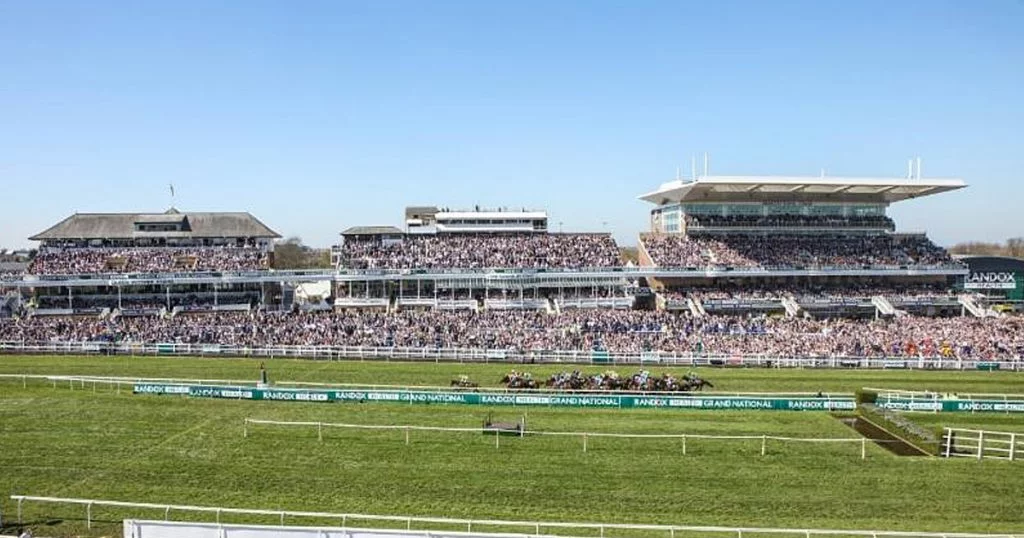
Horse Races have been held at Aintree since 1829, starting with flat races, but introduced hurdle races in the late 1830s. The horse ‘Lottery’ was the first to win in the Grand Liverpool Steeplechase, which was later renamed to the Grand National; which is one of the most important traditional Jump races held today.
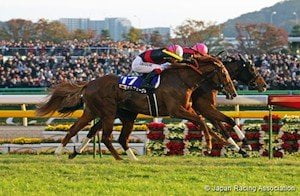
Of course, if you’re looking for the biggest Racecourse in the World, Aintree is actually quite behind in a global listing, although still top for the UK! But it is in fact Tokyo Racecourse that is the largest, with a whopping capacity of 223,000.
But remaining terrestrial for now, there are still two other well-known courses in the UK with large enough spectator capacities to place them up there with Aintree.
Second place for biggest in the UK is Ascot, with a capacity of 70,000 viewers, which we’ve also already discussed just above!
Third place goes to the ever famous and popular Cheltenham Racecourse, with a capacity of 67,500, and similar to Ascot, we’re actually about to talk more in-depth about Cheltenham below!
What’s the best Racecourse in the UK?
Cheltenham Racecourse is probably the most well-known British course, both inside and outside of the UK. The Cheltenham Festival itself, is its most prominent attraction, and is identified by many, both national and internationals, to be one of the most prestigious National Hunt Festivals worldwide.

Although most who think of Cheltenham today will probably associate it with Jump Racing, the course actually got its start as a Flat Racecourse in 1815, and was located on Nottingham Hill. Three years later in 1818 the course was moved to Cleeve Hill, from where its Gold Cup Flat race was held, and was incredibly popular up until they started having local issues. Which in 1831, resulted in the course being moved to its current location in Prestbury Park.
After a movement in the 1850s to re-integrate steeplechasing, the Cheltenham Gold Cup over fences was launched in 1924. The modern-day Cheltenham Festival, which started in 1902, takes place over four days annually in mid-March, and has both the reputation, and the glitz and glamour of the high-life. So in our opinion, Cheltenham is the best Racecourse in the UK!
The next best and most popular Racecourse that we’ve decided on is Ascot, which certainly has an extensive history to it, and a list of events that take place throughout the year.
As one of the oldest Racecourses in Britain, it has no doubt lasted this long based on more than just its success, and value to the Crown.
Especially considering how much money has been put into it for renovation and celebration.
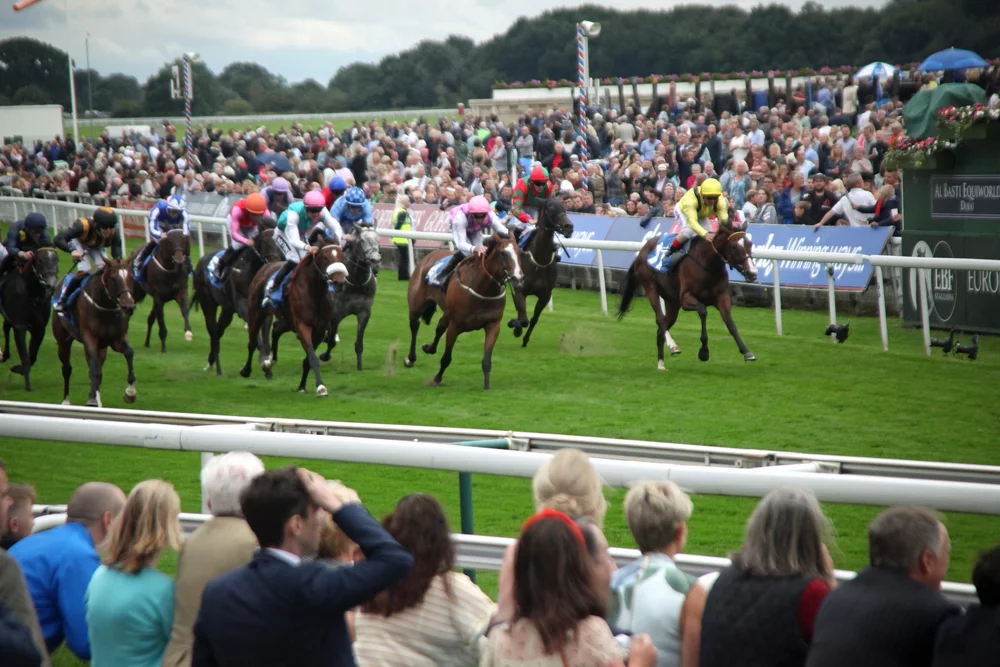
York Racecourse is another of Britain’s most historically important courses, it’s not as old as Chester, Newmarket or Ascot, but like many locations in the UK, York was once used to race horses during the Roman Era, 2,000 years ago. Officially, records from the York Corporation say that the course began holding races in 1530 and 1607, over the frozen River Ouse.
In 1731 the course was moved to Knavesmire, a place historically known for having had gallows, which were constructed in 1379, and where public hangings continued to take place until 1801, when they were moved to a more discreet area, closer to the castle. It’s also coincidental that on the topic of public execution, infamous witch hunter; Dick Turpin was a famous customer of the course.
York was also a place of architectural innovation, as designed by; John Carr, the World’s first ‘grandstand’ was opened in York, in 1757. Later, as if to continue the evolving nature of the track, in 1842 the York Racecourse Committee was established (Continuing to today), and in 1844 they ordered the course to be made circular, like most modern Racecourses.
York was also host to one of the most famous, and most attended, competition in UK Horse Racing history: Voltigeur Vs The Flying Dutchman. A well-remembered duel that took place between the two talented horses in May 1851, where, to compensate fairly for the age and weight difference between the horses, weights were attached to them. The race was attended by a crowd of 150,000, and was an extraordinarily close race, with The Flying Dutchman only just beating Voltigeur by a length.
York’s had many memorable guests including Pope John Paul II, who performed an open-air mass for over 200,000 pilgrims while visiting Britain in 1982: Her Majesty Queen Elizabeth II attended all five days of the Royal Ascot at York Racecourse, while Ascot itself was being renovated, in 2005. Princess Anne, who actually took part, rode the winning horse; Insular, in the Queen Mother’s Cup on 11th June 1988.
What you need to know about Racecourses is that ‘best’ is a very opinion-centric topic, and that although we can bring up statistics and graphs, and calculate the objectively greatest course. – That wouldn’t really be much fun! And so we invite our readers to go into any racecourse experience with an open mind, because our favourite, might not be yours. – Get out there and smell the Rosés!
Which country has the most Racecourses?
Australia – They are the country that has the most Racecourses in the World, with a large total of over 300 courses, by far making them the winner in this department.
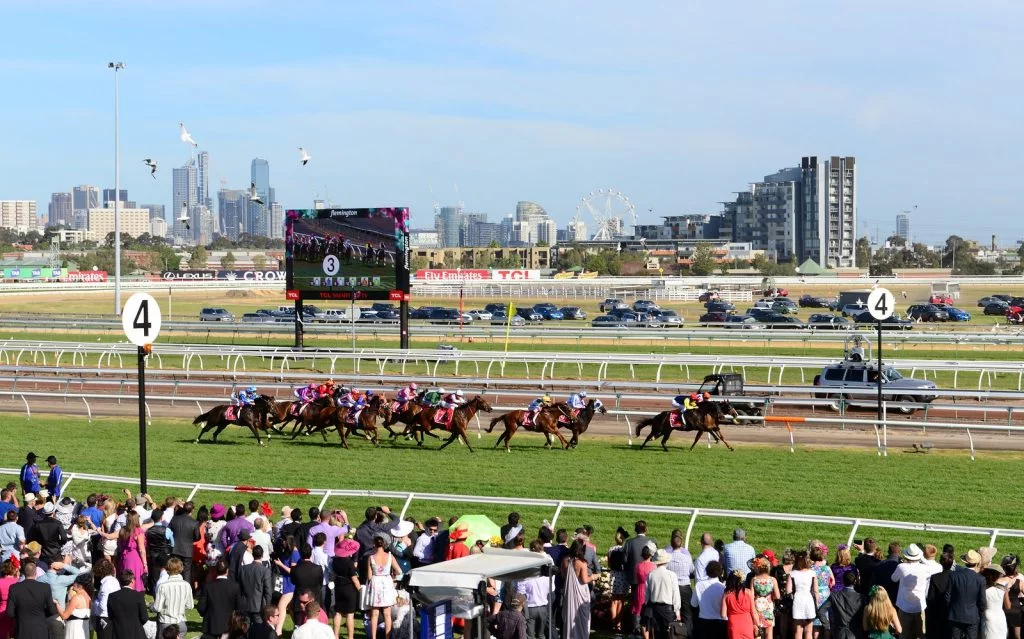
Of course many might’ve assumed that us Brits would hold this record, but despite the popularity of the sport in the UK, we’re just not as geographically large.
Yet our population is larger, so perhaps the enormous amount of real-estate is what incentivised this number.
Just make sure you understand that if you go to Australia that only a certain amount of it is actually habitable, and that the outback isn’t where you’ll find races, at least the ones that don’t include Mad Max!
How many Racecourses are there in the UK & Ireland?

Lagging behind the Aussies, the UK and Ireland still have a fair amount, but still a lot less than that of 300.
The UK has 60 Racecourses in total, lots of them holding much historical significance to both the UK and Horse Racing as a sport. It originated here, and we have always sought to hold onto that legacy, even if we are bested in numbers.
Ireland’s influence on Horse Racing should also not be understated, as the Irish have as rich a history with racing as we do, many of their sites dating back almost as long as ours, they have 26 modern courses.
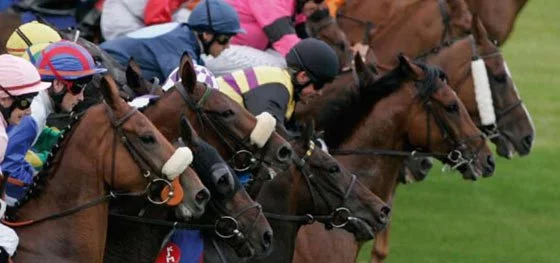
Ireland is often unfairly lumped in with the UK by many other countries that might not understand our complicated and controversial history with each other, and that we are in fact different nations entirely – which as part Yank, I wholeheartedly apologize to Ireland on behalf of the US.
But the Irish are not our passengers – they have been, and are, very much riding their own horse in this race, and will continue to do so!
Hopefully, you found this guide helpful, and are now well informed on the basics of what you need to know about Racecourses!


